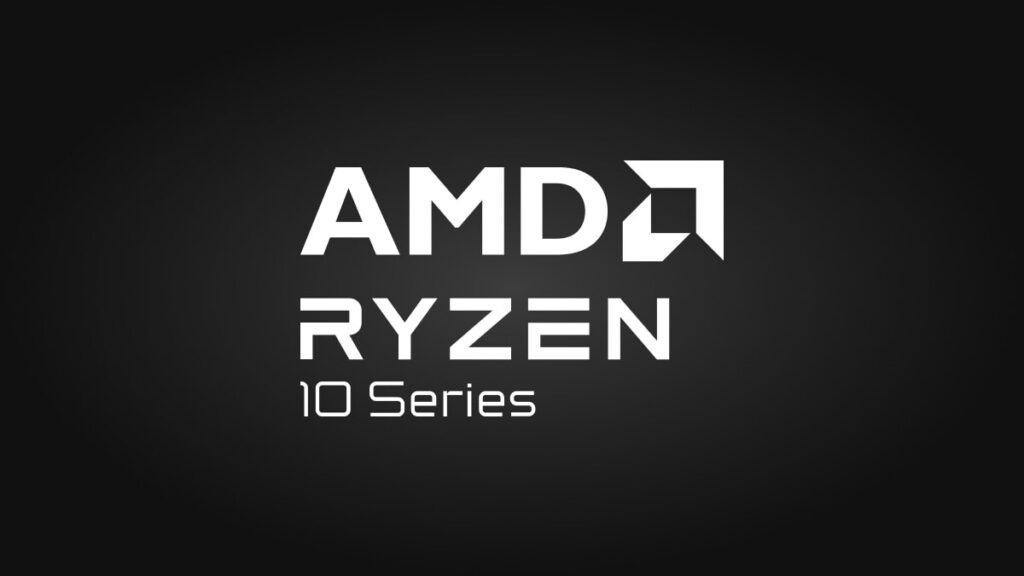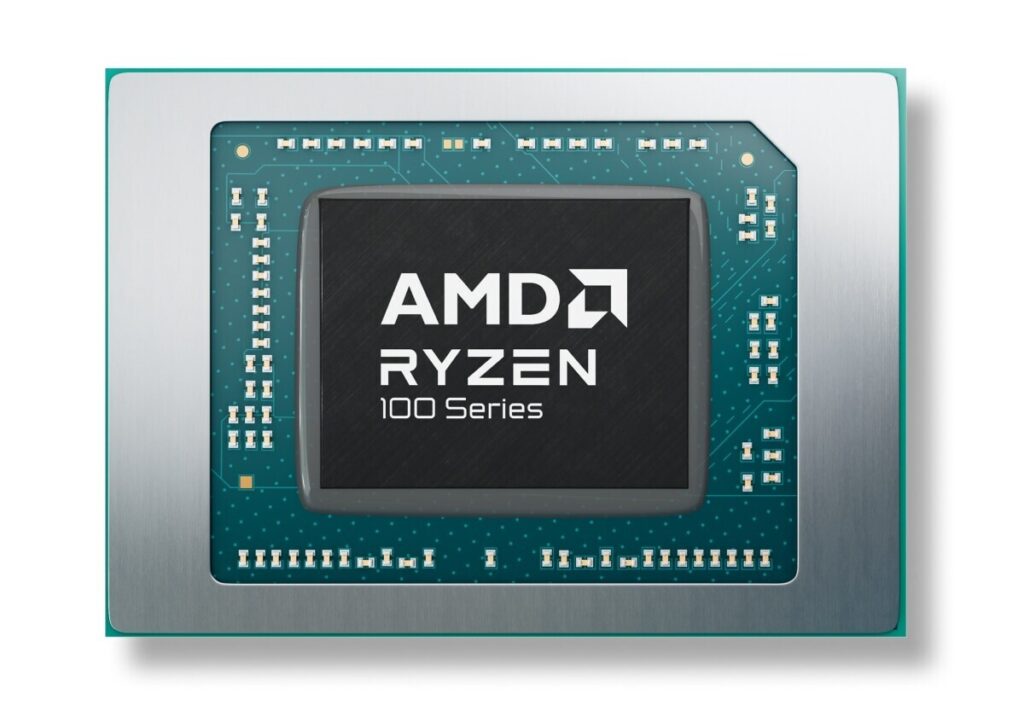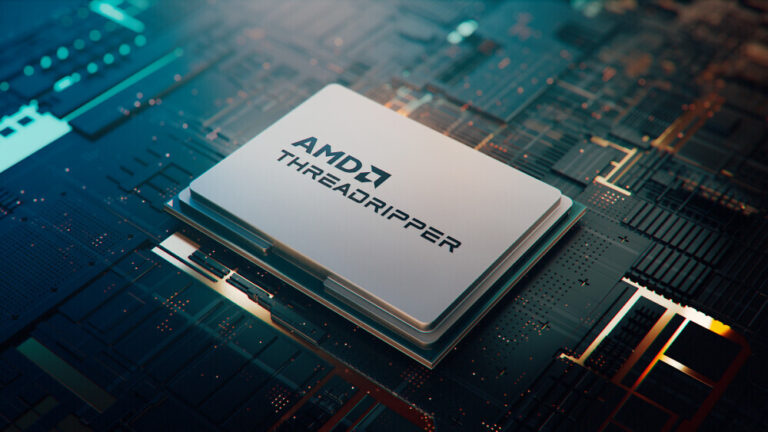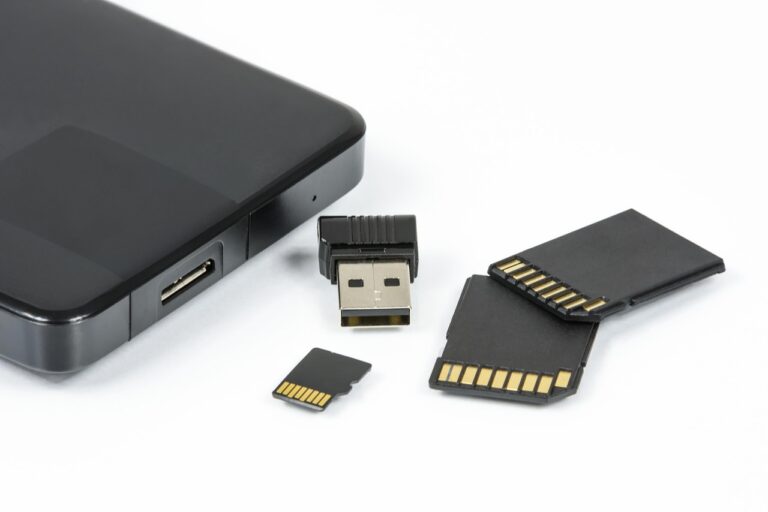
AMD has quietly refreshed its lineup by adding two “new” processor families to its price list: the Ryzen 100 and Ryzen 10. These aren’t fresh designs, though—the chips inside are likely from the “Rembrandt” and “Mendocino” era, dating back to 2021-2022. If you spot a budget laptop this holiday season with one of these labels, you might be getting a rebranded older chip tailored for 2025. Early listings show the top Ryzen 100 models are basically updated Rembrandt Zen 3+ parts with 8C/16T, a Radeon 680M iGPU, and the FP7-R2 platform, now at a 28 W TDP that vendors tune between 15 W and 30 W.
Lower Ryzen 5 models trim cores and speeds but keep the 680M GPU. The Ryzen 10 series appears to reuse Mendocino Zen 2 silicon for entry-level setups, pairing 4C/8T CPU with a scaled-down 2-CU Radeon 610M and typical 15 W targets. Many listings stick to PCIe 3.0 as the max speed and list USB4 as optional, so don’t look for cutting-edge I/O here. Why is AMD bringing back old silicon? It’s likely to clear out inventory, wafers, and validated designs from when 6 nm capacity was scarce and expensive. AMD had to use what it had, even as it moved to newer generations.

Here are the “new” Mendocino CPUs based on Zen 2:
- Athlon Silver 10: 2C/2T
- Athlon Gold 20: 2C/4T
- Ryzen 3 30: 4C/8T
- Ryzen 5 40: 4C/8T
And here are the “new” Rembrandt CPUs based on Zen 3+ architecture:
- Ryzen 3 110: 4C/8T
- Ryzen 5 130: 6C/12T
- Ryzen 5 150: 6C/12T
- Ryzen 7 160: 8C/16T
- Ryzen 7 170: 8C/16T
What do you think about AMD’s refresh strategy? I’d love to hear your thoughts!
Sources: Olrak29 on X, via VideoCardz





This provides a solid foundation for understanding the subject.